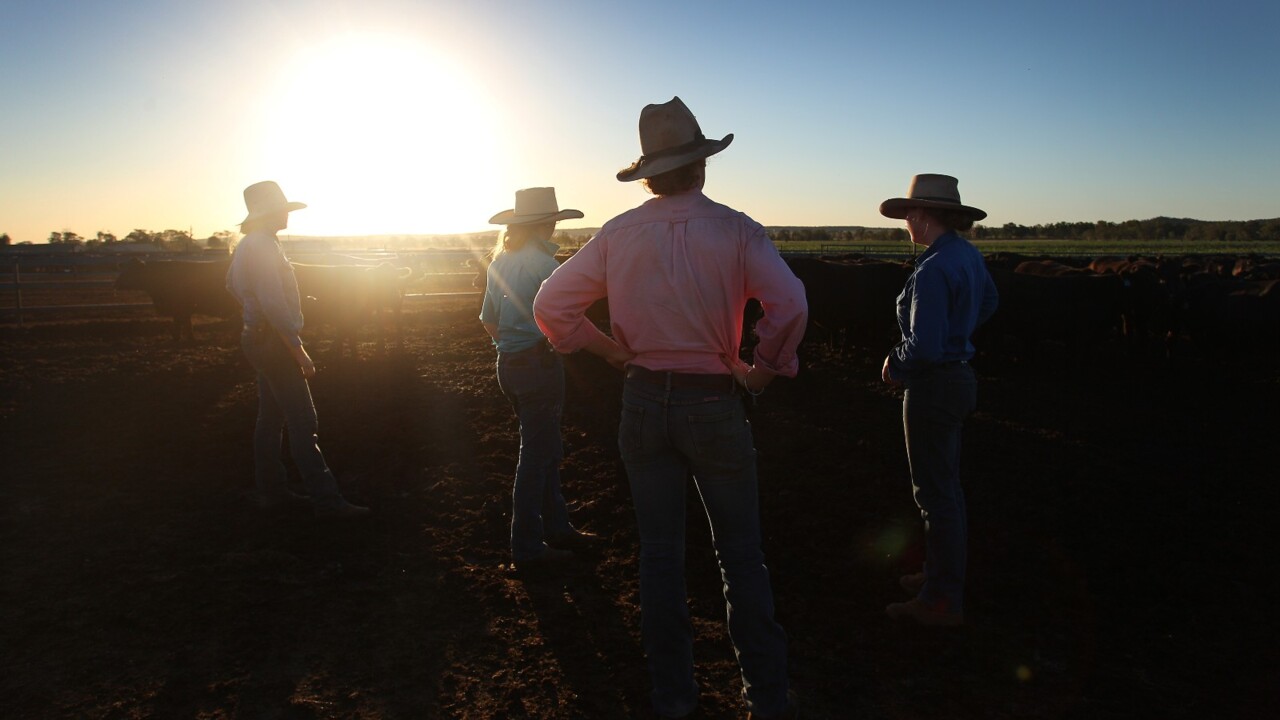How four cattle producers plan to manage rising input costs
Producers aren’t letting golden prices for cattle, and to a lesser extent sheep, go to their heads. They’re planning for tighter times.

Record high livestock prices won’t hold, experts forecast, and producers are warily watching margins as costs begin to rise.
This margin squeeze is particularly notable on transport costs, as they lift by around 13 per cent in the past year alone — impacting players throughout the beef, lamb and wool supply chains.
“Some categories of fuel are now at their highest price point since 2013,” Meat and Livestock Australia’s market information manager Stephen Bignell said.
And with inflation on the rise, producers are concerned the costs could begin to take the cream off long awaited profits.
Mr Bignell said there was also some concern among producers about timely access to key capital inputs — with many long delays on staples like fencing posts — and this had put pressure on input prices.
However, beef prices had risen at the retail level by 11 per cent but young cattle prices had lifted by 195 per cent on 2019.
This dynamic meant the processors and retailers, post-farm, were wearing the margin squeeze the most at the moment, he said.
Producers were not yet feeling a significant impact from the rising input costs, and this scenario was likely to continue while the seasons were good and the international shortage of protein remained.
But looking forward, these conditions were unlikely to hold steady indefinitely and labour shortages and high wage costs were another area of concern throughout the agriculture sector which threatened to further tighten margins and eventually put pressure on cattle prices.




While times were “still great for producers”, over the longer-term these factors could harm the profit margins of livestock producers, Mr Bignell said.
Despite this, producers The Weekly Times interviewed at recent cattle sales all shared concerns about rising costs, noting that prices for products, services and council rates rarely fell as swiftly as they rose, leaving the producer to wear the cost-price squeeze.
Many livestock producers said they intend to reduce fertiliser applications this year, and others commented that prices for cattle would not stay at elevated levels forever so they were managing their spending commitments accordingly.
What input costs are producers concerned about and how they plan to tackle rising costs:
Graeme Norman, cattle producer, Wangaratta
“Fertiliser and chemicals are by far the two inputs that have gone sky high. It if keeps going like this it will make it very hard to justify spraying and fertilising paddocks like we have in the past. If we make a fortune today (selling steer calves at Wangaratta) we can probably afford it. But we are not going to go mad spending in anticipation of what we could get, as I’ve been around long enough to know these (cattle) prices won’t keep going. We have to be careful in this environment to make sure we balance the books properly. But that is farming.”
Ian Blake, Redcourt Pastoral, cattle producer, Boorhaman
“Fertiliser at this stage is the worrying input, it has gone through the roof. But all costs have gone up. We won’t pull back at this stage, it depends on how high it gets. Although we have been fertilising regularly so can tweak it a bit.”
Chris Nevins, FP Nevins and Co, agent, Inglewood
“It’s all doubled in price — fertiliser is now up to $1400 to $1500 a tonne. That’s why everyone is starting to run stock now but no one knows if we can sustain these prices either.”
Mark Henry, cattle producer, Snake Valley
“The costs are always at the back of our mind but selling off in a market like this is offsetting those costs for us. The costs have been climbing and while the prices of the cattle are terrific, we’re finding that the profitability of the property is just a sliding scale at the moment. The diesel and fertiliser (costs) are the big ones for us.”




